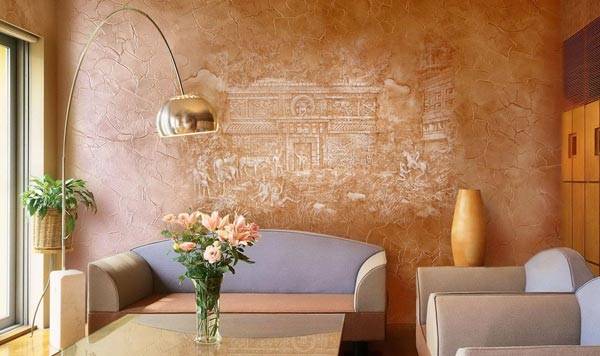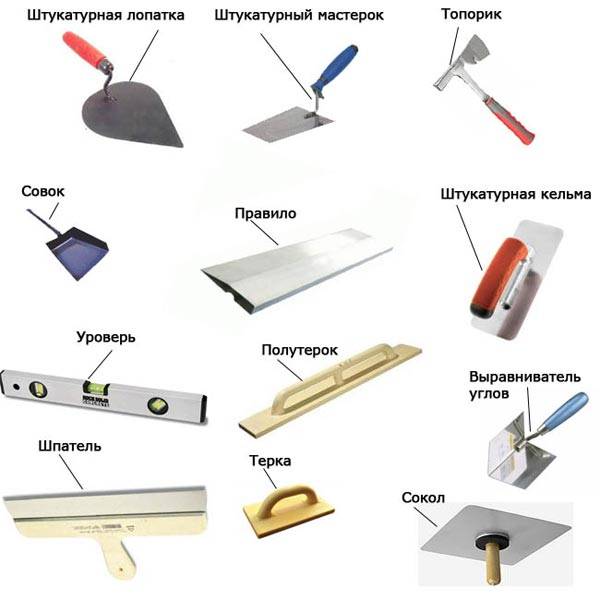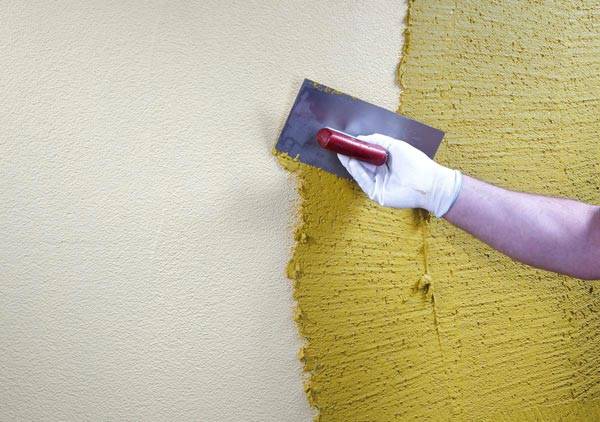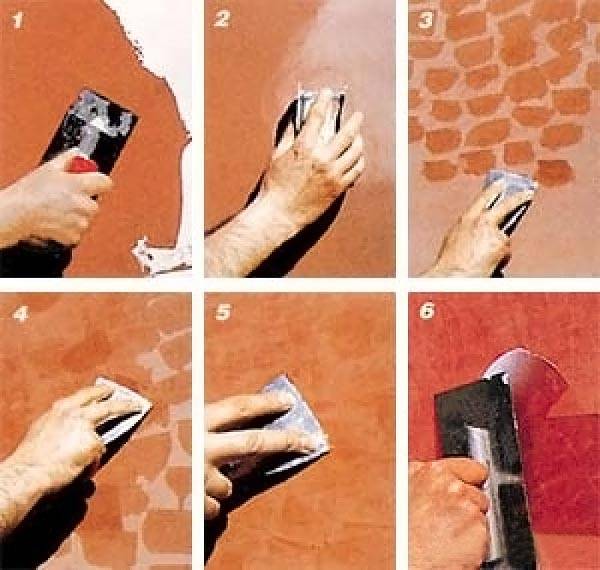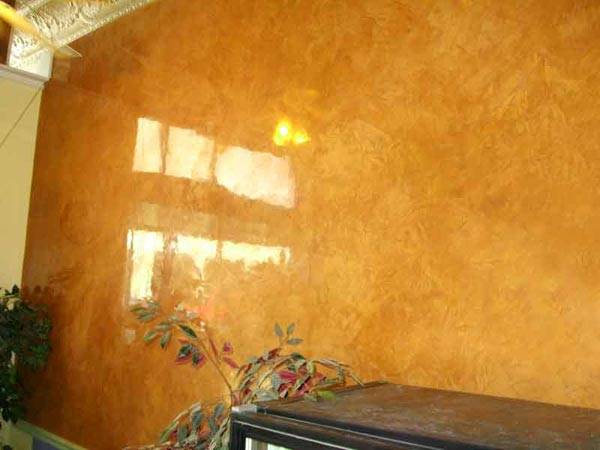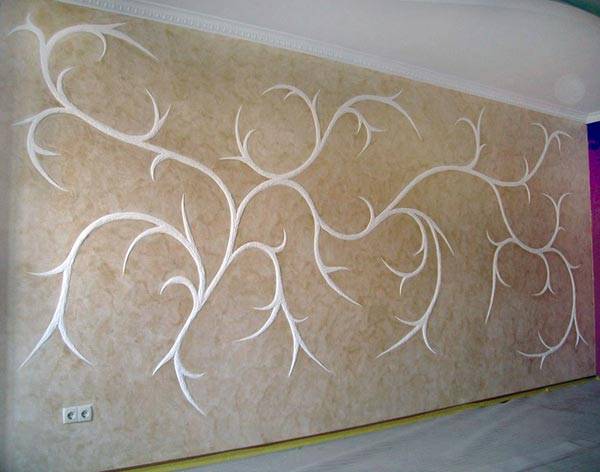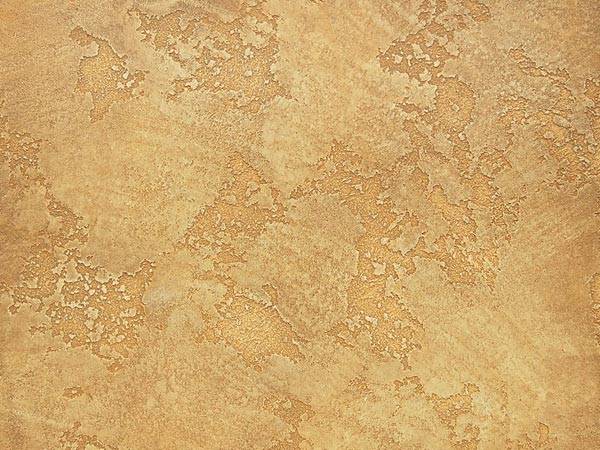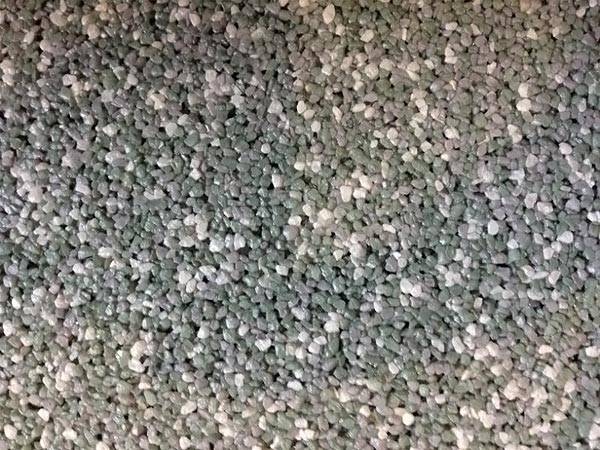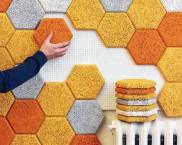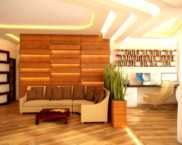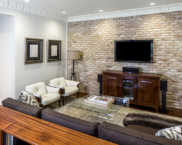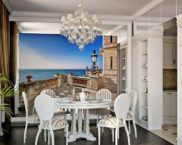Types of plaster for interior decoration
Shthe tufted mixture is used not only as a strengthening agent that prolongs the durability of the repair. Decorative plaster - This is a great material for creating a unique style in the home. It can create the effect of artificial aging of the stone, matte surface, colorful patterns, etc. Leading designers use it to bring their wildest ideas to life. A wide range of these products allows you to find a plaster that will create optimal interior a particular room. Let's find out what types of plaster for interior decoration exist today, what are their advantages and disadvantages.
The content of the article
Types of plasters and their scope
Experts distinguish four types of plasters for interior decoration. The table below will help you find out about the features of a particular type and scope of a particular plaster mixture:
| Name | Structure | Application area | Application features |
| Venetian | There are several types Venetian plaster, which differ in composition:- acrylic plaster consists of 50% water, the rest is polymeric substances;- lime and water are contained in limestone in a 1: 1 ratio;- a solution with fillers, in addition to lime, contains mineral components, waste of precious stones (mica, marble chips, etc.). | Most often, Venetian plaster is applied to stone or plasterboard walls... Thanks to its unique manufacturing formula, it imitates noble stones such as onyx and marble. If you want to create a luxurious interior, pay special attention to this renovation material. | For finishing the coating, you should purchase interior wax, which is applied over the Venetian plaster after it has dried. The wall finishing process is done with smooth metal tools. |
| Structural | It is a heterogeneous granular mass, which consists of small fabrics, wood, granules. The binder is a cement-lime mixture or latex. | Perfectly adheres to any surface, including plastic, metal, drywall, stone, wood, etc. Most often, structural plaster is used for finishing bathrooms, corridors, ceilings. | Before applying structural plaster, a primer solution should be applied to the surface to be treated, which will make the coating durable. Only then can you start finishing the surface. This type of plaster is applied with a textured roller. |
| Textured | Polymers act as a binder for structural plaster, and wood, granite, marble chips, etc. act as fillers. | Creates a rough surface on the wall. Used to create original design solutions. Applied to the stone brick, wood. It can also handle the ceiling. | It is applied with a roller or spatula after preliminary preparation of the walls for the procedure. |
| Mineral | Consists of various building materials: granite, quartz, marble. | Creates a spectacular style of rooms, therefore it is most often used to decorate living rooms, bedrooms, children's rooms etc. | It is pliable when applied, so even a beginner in the field of repair will master the technology of finishing with mineral plaster. To work with mineral plaster, you will need a roller or brush. |
How to do do-it-yourself textured plaster from ordinary putty read in the corresponding section of our portal. Now you know what types of decorative plaster are for interior decoration and how they differ from each other. But what are the pros and cons of each type?
Pros and cons of different types of decorative plaster
Venetian plaster
- Environmentally friendly product;
- Resistant to moisture;
- Low flammability;
- Durability;
- A wide range of colors.
- High cost;
- The need to have special skills for applying Venetian plaster;
Structural plaster
- Hides minor wall defects;
- Resistant to mechanical damage;
- Moisture resistant;
- The wall covered with structural plaster "breathes" due to the porosity of the product;
- Perfectly fits on any surface;
- Low cost.
- A small number of colors;
- Not suitable for decorating bedrooms, living rooms.
Textured plaster
- Long lasting;
- Plastic;
- Rich color palette;
- It is allowed to wash the surface treated with textured plaster;
- Does not require preliminary priming and finishing putty.
- Relatively high cost;
- Special application rollers are required.
Mineral plaster
- Durable coating;
- The cheapness of the product;
- Mold and mildew does not appear;
- Not afraid of mechanical damage.
- Limited choice of colors.
Thus, all types of plaster for interior decoration have both pros and cons.
conclusions
- Decorative plaster has four types: Venetian, mineral, structural, textured;
- Most interior plasters can be applied by roller or spatula;
- Before buying plaster, you should carefully familiarize yourself with the area of application of this or that type.
More aboutdecorative plaster for interior wall decoration read on our portal.
This video clearly explains the process of applying decorative plaster with a roller:



